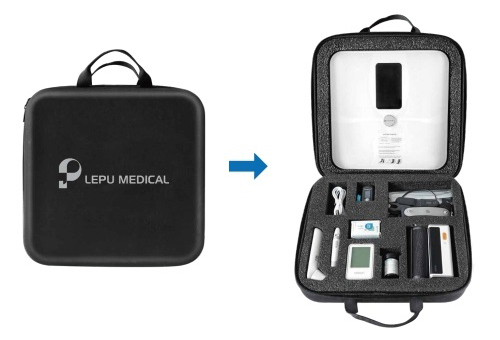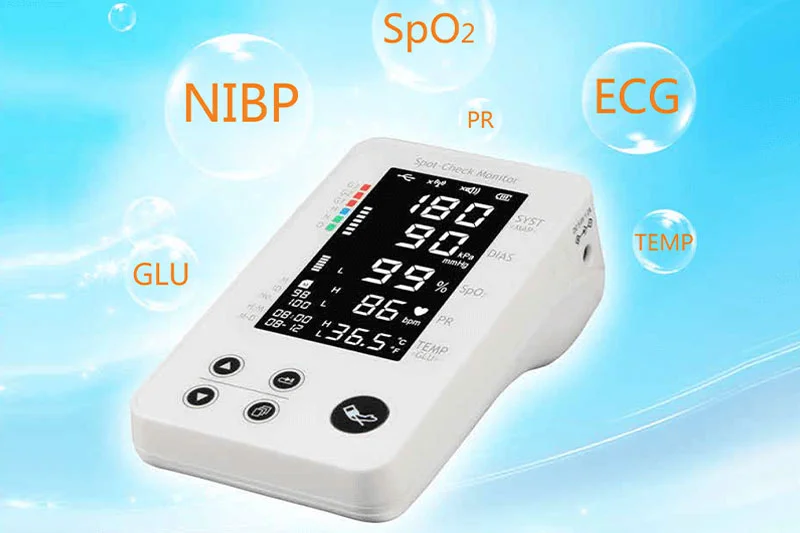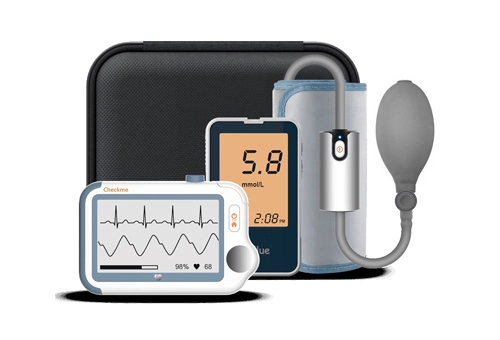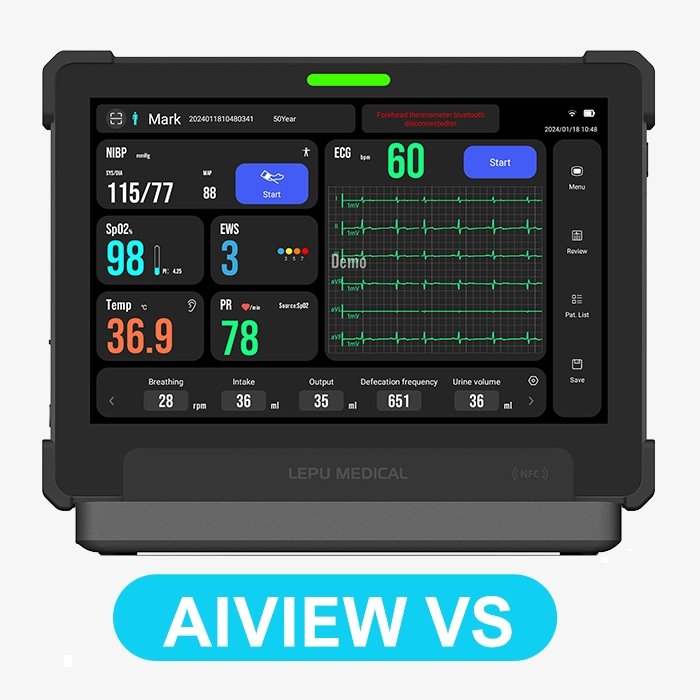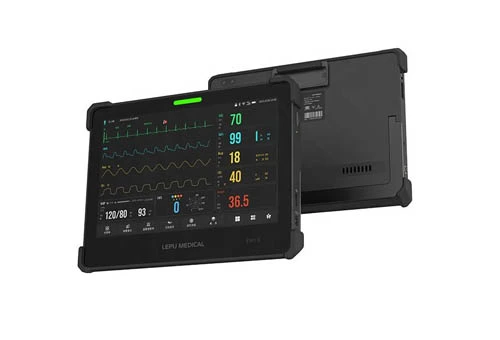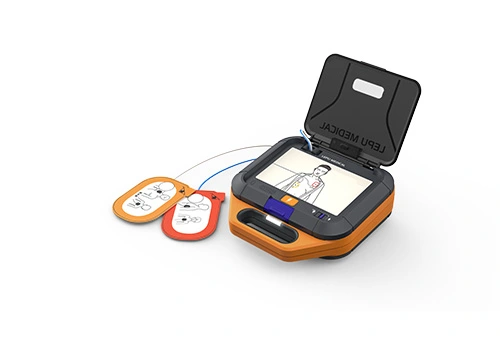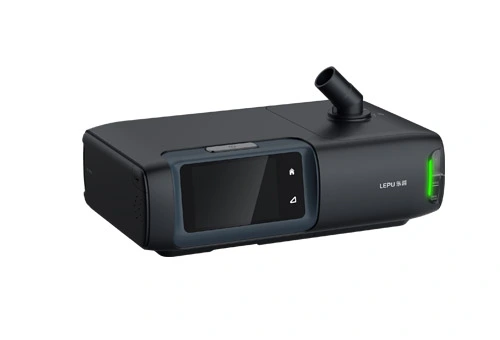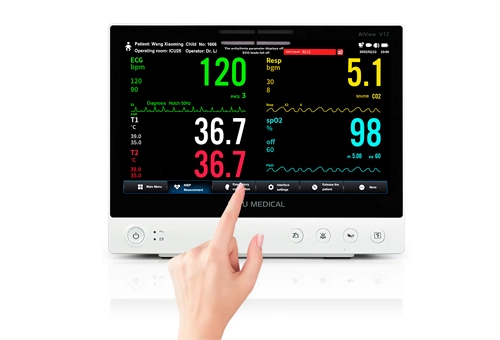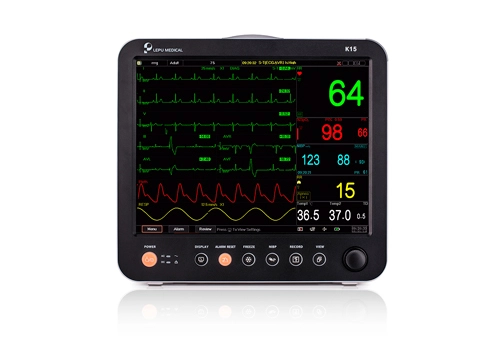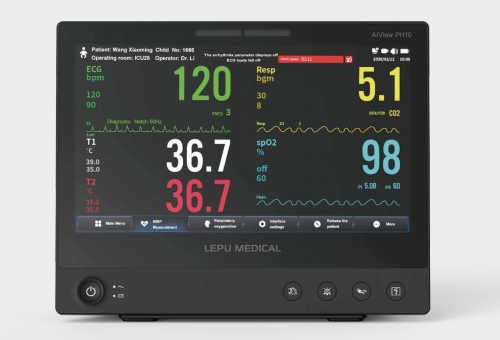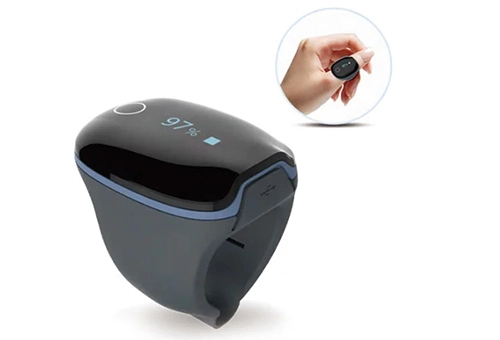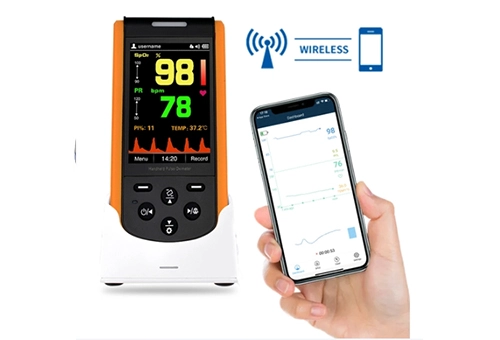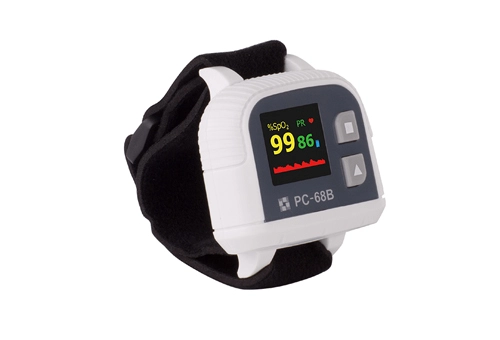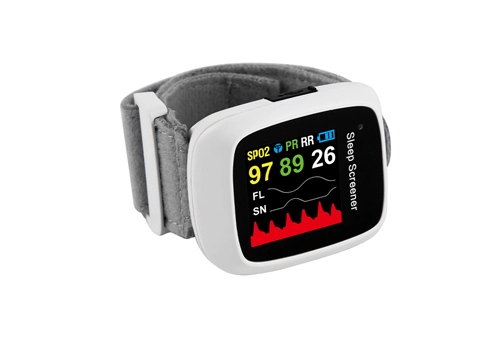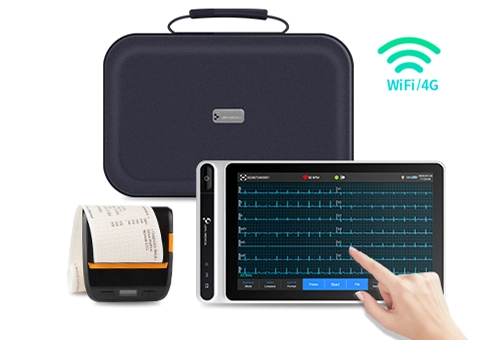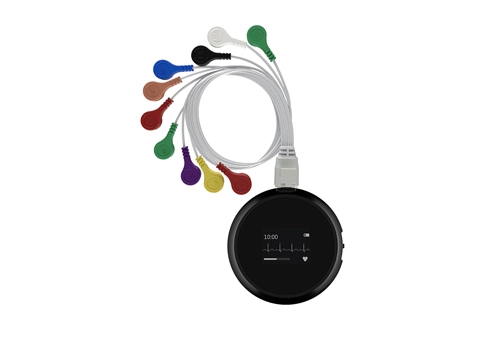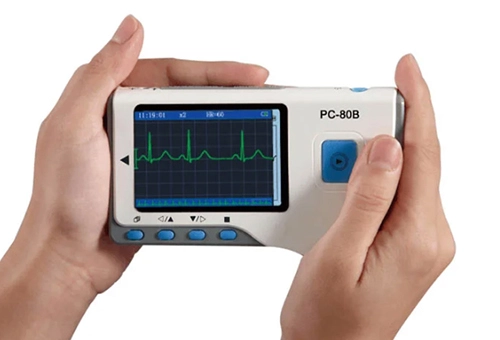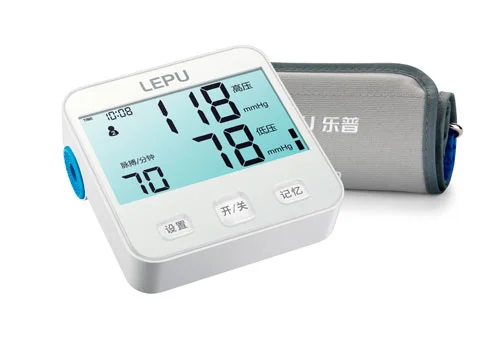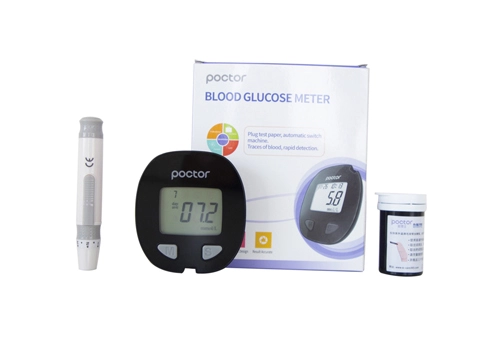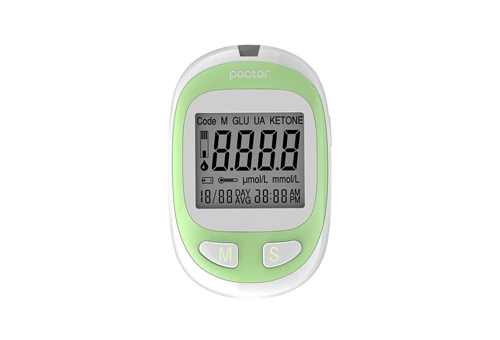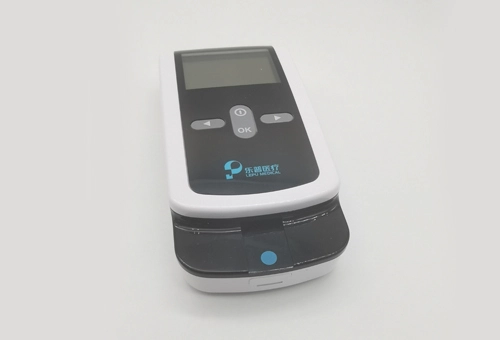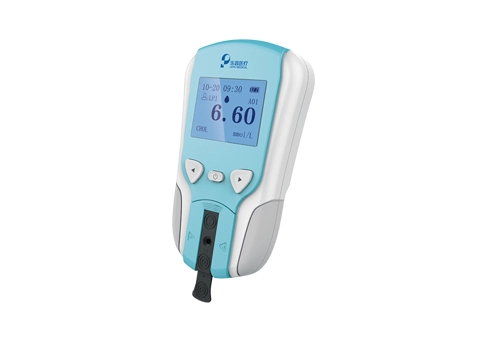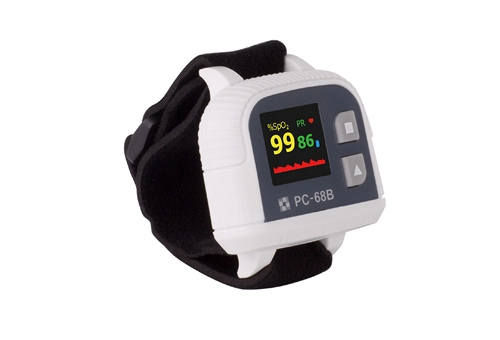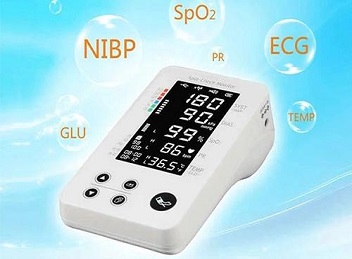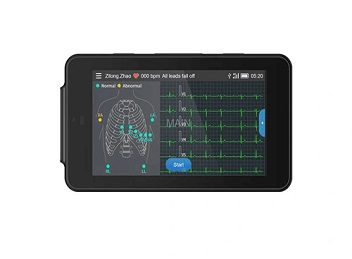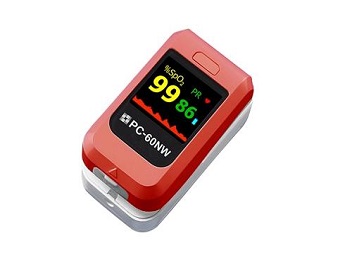Wrist oximeters are medical devices that measure oxygen levels in the blood by attaching to the wrist. Our high-precision wrist pulse and blood oxygen monitors provide a non-invasive, convenient way to measure oxygen saturation levels, pulse rate, and perfusion index. The information they provide helps healthcare professionals diagnose and treat various medical conditions.
Check out the details of our wrist pulse oximeters below. Contact us if you have any requirements.
Lepu Wrist Oximeters Types
-
Lepu PC-68B Color OLED Wrist Pulse Oximeter with Wireless Bluetooth Connection
The Lepu Medical Grade PC-68B Wrist Oximeter is a compact and lightweight device ideal for use in home settings as well as long-term monitoring in comfortable clinical environments. It can be conveniently worn on the patient's wrist like a watch to initiate monitoring.View More
Benefits of Wrist Oximeters
-

Safety
Wrist oximeters are safe and easy to use, as they are non-invasive and do not require any electrical contact with the patient's skin.
-

Measuring Vital Signs
Wrist oximeters are an efficient, non-invasive way to measure a patient's vital signs such as pulse rate, oxygen saturation, and blood pressure. This enables medical professionals to quickly assess a patient's health and take appropriate action.
-

Convenience
Wrist oximeters are small, lightweight, and portable, making them ideal for measuring vitals at home and other locations outside of the hospital.
-

Accuracy
Wrist oximeters are a cost-effective solution for measuring vital signs, especially when compared to more expensive and complex machines such as ECG machines.
-

Cost-Effective
Wrist oximeters are a cost-effective solution for measuring vital signs, especially when compared to more expensive and complex machines such as ECG machines.
Wrist Oximeters FAQs
-
What is the Difference Between a Wrist Oximeter and a Finger Oximeter?
The main difference between a wrist oximeter and a finger oximeter is the placement of the device. A wrist oximeter is worn on the wrist, while a finger oximeter is worn on the finger.
-
What Are the Benefits of Using a Wrist Oximeter?
Wrist oximeters can provide accurate readings of your blood oxygen levels and can be used to monitor health conditions such as sleep apnea and COPD. They are also more comfortable to wear than finger oximeters.
-
Is a Wrist Oximeter Safe to Use?
Yes, a wrist pulse and oxygen monitor is generally safe to use when following the manufacturer's instructions. However, as with any medical device, it is important to follow the manufacturer's instructions and guidelines to ensure proper use and accuracy.

